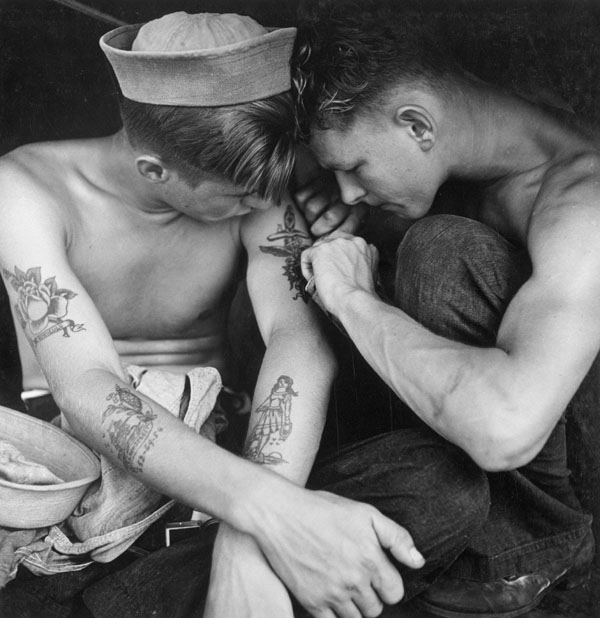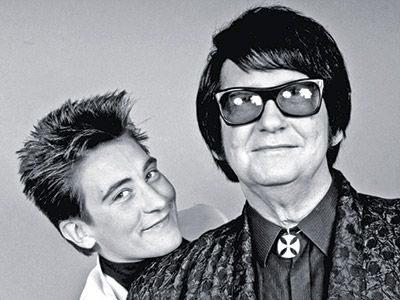A well-de- veloped color, then, appears to partake of the "body" metaphor more than of the "painting" metaphor, for it is an integrated, unitary, natural- seeming part of the argument that persuades by its appearance of truth (lnst. 11.1.58-59), while a speech whose co/ores are discernibly "added-on" and not integrated fails to persuade
Vanessa Beasley: not too much style/color, but just enough.






